Homigot Octopus Festival (호미곶 돌문어 수산물 축제)
15.6Km 2025-05-20
136 Haemaji-ro, Homigot-myeon, Nam-gu, Pohang-si, Gyeongsangbuk-do
+82-54-284-0575
The Homigot Octopus Festival is an annual festival held to celebrate the octopus harvested from the rocky coastal area around Homigot Peninsula. The octopus here are known for their chewy texture and high-quality taste. During the festival, visitors can enjoy freshly caught octopus from the East Sea, as well as take pictures in a vast field of canola flowers that bloom near the coast. Additional programs and experiences related to octopus are planned for the enjoyment of all.
Gyeongju Yangdong Village [UNESCO World Heritage] (경주 양동마을 [유네스코 세계유산])
15.8Km 2025-03-24
134 Yangdongmaeul-gil, Gyeongju-si, Gyeongsangbuk-do
+82-54-762-2630
Gyeongju Yangdong Village is Korea’s largest traditional village, showcasing the traditional culture of the Joseon dynasty and the beautiful natural surroundings. Thanks to its many cultural heritages, including treasures, national treasures, and folklore materials, the entire village has been designated as a cultural heritage site. Many people have visited this village to see its wealth of cultural heritages and scenic surroundings, including King Charles III, who visited this village in 1993.
Seolchangsan Mountain and its four spines of mountains can be seen beyond the village. Approximately 160 old houses and 500-year-old thatched-roof cottages are nestled within the valley. Fifty-four of these homes are over 200 years old and have been excellently preserved in their original state, offering the opportunity to view a variety of unique traditional Korean houses in person.
Homigot Sunrise Square (호미곶 해맞이광장)
15.8Km 2025-07-21
20 Haemaji-ro 150beon-gil, Nam-gu, Pohang-si, Gyeongsangbuk-do
+82-54-270-5855
Homigot is located at the easternmost end of the Korean peninsula, in what would be considered to be the tail, if thinking of the Korean peninsula as a tiger. When Kim Jeongho made the Daedongyeojido Map, he visited this place seven times to confirm this area is in fact the easternmost part of Korea. Following the resources of Korea Astronomy and Space Science Institute, the sunrise time of Homigot on January 1 is at 7:32 am, making it the earliest first sunrise of each year in Korea. The plaza was built to commemorate these research findings with the national Sunrise Festival. Nearby attractions include Korea's largest lighthouse, Homigot Lighthouse, established in 1908; Lighthouse Museum; Monument to Commemorate Lee Yuk-sa’s Patriotism; and Daebo Seawater Bath, using pure seawater of the East Sea.
When completed, Homigot Tourism Complex and Homigot Specialized Ocean Leisure Complex will be the largest tourism complex in the eastern coast district. It will include an ocean aquarium, Ocean Ecological Park, Youth Training facilities, beach dome, accommodation facilities, and other various stores as well.
Sangsaeng’s Hand, a two-part bronze sculpture shaped like a pair of hands, was constructed in December 1999. It is a signature symbol of the sunrise festival. The left hand is on the land and the right hand is in the ocean. It was built to give the message that all people are living together by helping one another like Sangsaeng, meaning coexistence in Korean. The base of the platform is an image of the sun and its two round rings refer to harmony. These two hands have memorial sprits of reconciliation and coexistence for celebrating a new millennium.
National Lighthouse Museum (국립등대박물관)
15.8Km 2025-02-04
20 Haemaji-ro 150beon-gil, Homigot-myeon, Nam-gu, Pohang-si, Gyeongsangbuk-do
The National Lighthouse Museum, located in Homigot Cape, showcases the architecture, history, and artifacts of lighthouses. It features exhibition halls, an experience zone, and a café with ocean views. The outdoor exhibit includes the iconic Homigot Lighthouse. Visitors can enjoy hands-on activities like building lighthouses with blocks, aquarium experiences, puzzle assembly, and crafting their own lighthouses. Family-friendly programs include 2-day lighthouse trips and engaging educational activities designed to teach young children about navigational markers through play.
Homigot Lighthouse (호미곶 등대)
15.8Km 2025-01-21
20 Haemaji-ro 150beon-gil, Nam-gu, Pohang-si, Gyeongsangbuk-do
+82-54-284-9814
Homigot Lighthouse is located at Homigot Cape, listed as one of the 10 most scenic sites during the Joseon dynasty. It was the tallest lighthouse in Korea at the time of its opening on December 20, 1908. The octagonal, six-story building is 26.4 meters high, with a base circumference of 24 meters. It was built using red bricks and no reinforcing rods, designed in the 18th century renaissance style, with gable decorations over the entrance and windows. The ceiling on each floor is sculpted in the shape of pear blossoms, a symbol of the Joseon royalty, while the number of stairs totals to 108, reflective of Buddhist culture.
Seokbyeong 1-ri (Hongbanjang’s house, Hyejin’s house) (석병1리)
17.8Km 2024-10-30
207 Ilchul-ro Guryongpo-eup, Nam-gu, Pohang-si, Gyeongsangbuk-do(Seokbyeong 1-ri Village Hall)
Gongjin Village's living quarters
This is where the residents of Gongjin Village live, with Hongbanjang's house on the sea side and Hyejin's house on the hill. However, these houses are inhabited by real residents, so you should look around quietly from the outside. Passing the village hall where the residents were having a feast and reaching the end of the breakwater, there is a red lighthouse where Hongbanjang and Hyejin had their wedding. The clear color makes it even prettier in the photo, so be sure to take a proof shot.
Oeosa Temple (오어사(포항))
17.9Km 2023-01-25
1 , Oeo-ro, Nam-gu, Pohang-si, Gyeongsangbuk-do
+82-54-292-2083
Oeosa Temple in Unjesan Mountain is a place where the deep scent of Buddha can be felt with a lake that looks like a dragon wrapped around it and the strangely-shaped cliffs which harmonizes like an oriental painting. Oeosa Temple is a sacred place where the four great patriarchs of Silla were born. This temple was built during the reign of King Jinpyeong (579-632), the 26th ruler of Silla. It was originally called Hangsasa Temple, but when Great Master Wonhyo and Zen Master Hyegong practiced religious asceticism here, a contest was held to revive the fish in the stream with religious power. However, one of them did not survive, and the other did and swam vigorously.
So each argued that he himself saved the fish, so they called it Oeosa Temple by writing the characters 'O' and 'Eo.' Daeungjeon Hall has a hip-and-gable roof with three bays in the front and two in the side. It was rebuilt in the 17th year of King Yeongjo of the Joseon dynasty (1741). Around the temple, the beautiful natural scenery of Unjesan Mountain and the blue water of Oeoji are spectacular. Jajangam Hermitage can be seen on the rocky cliff, and Wonhyoam Hermitage can be seen to the west of Oeosa Temple. Daeungjeon Hall (Gyeongbuk cultural heritage) has a national treasure bell, Buddhist monk Wonhyo's hat, and many other relics.
Guryongpo Fifth-Day Market (구룡포장 (3, 8일))
18.0Km 2025-01-06
72-1, Guryongpo-gil, Nam-gu, Pohang-si, Gyeongsangbuk-do
+82-54-276-2761
Guryongpo Market area expands all the way to Changjucheon Stream area every fifth-day market day, bustling with crowds of merchants and customers. Guryongpo Fifth-Day Market is held on the 3rd, 8th, 13th, 23rd, and 28th of every month. The market first started when a small village was formed around Guryongpo Port. In the 1950s and '60s, when Guryongpo was incorporated into the county of Yeongil, Guryongpo Market flourished because it became the main market of Yeongil.
Nowadays, thanks to the rows of seafood restaurants inside, the market became even more popular among seafood lovers. The market carries a wide variety of fresh vegetables and produce, herbs, grains, and regional specialties. The seafood at the market is delivered fresh from Guryongpo Port. The squid at Guryongpo Port, which is also the specialty of the market, makes up about 70% of the total catch in Gyeongsangbuk-do. The market is also frequently visited by seafood gourmets for its squid.
Jeil Guksu Gongjang (제일국수공장)
18.0Km 2024-02-21
19-2 Homi-ro 221beon-gil, Guryongpo-eup, Nam-gu, Pohang-si, Gyeongsangbuk-do
Jeil Guksu Gongjang is a noodle factory in Guryongpo Market. It is the only place in Korea where noodles are dried by the sea breeze. It produces somyeon (thin noodles), jungmyeon (medium thick noodles), and kalguksumyeon (wide thick noodles), selling them in bundles or boxes. Near Guryongpo Beach, you can try a variety of noodle dishes at Haepungguksu 1st Branch, which is operated directly by the factory. Nearby attractions include the sunrise spot Homigot Cape, Guryongpo Port, and Guryongpo Modern History Museum.
Guryongpo Modern History Museum (구룡포 근대문화역사관)
18.2Km 2024-02-13
153-1 Guryongpo-gil, Guryongpo-eup, Nam-gu, Pohang-si, Gyeongsangbuk-do
The Guryongpo Modern History Museum, situated on Guryongpo Japanese House Street, is housed in a two-story wooden building constructed in the Japanese style. Built by Jenkichi Hashimoto in the 1920s, this historic structure was acquired by Pohang-si in 2010 and subsequently transformed into a history museum following extensive restoration. The museum features two exhibition floors, showcasing traditional Japanese furniture and accessories such as butsudan and kotatsu. Additionally, a traditional kitchen and toilet have been meticulously recreated. Visitors can gain a vivid understanding of the lifestyle during that era and explore the distinctive structural elements of Japanese-style buildings.
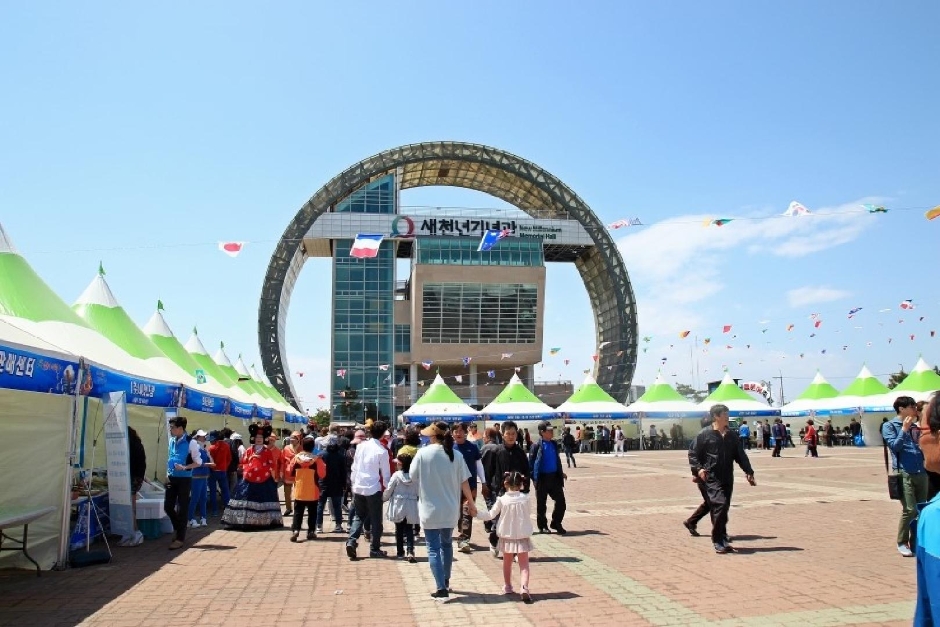
![Gyeongju Yangdong Village [UNESCO World Heritage] (경주 양동마을 [유네스코 세계유산])](http://tong.visitkorea.or.kr/cms/resource/44/2654744_image2_1.jpg)

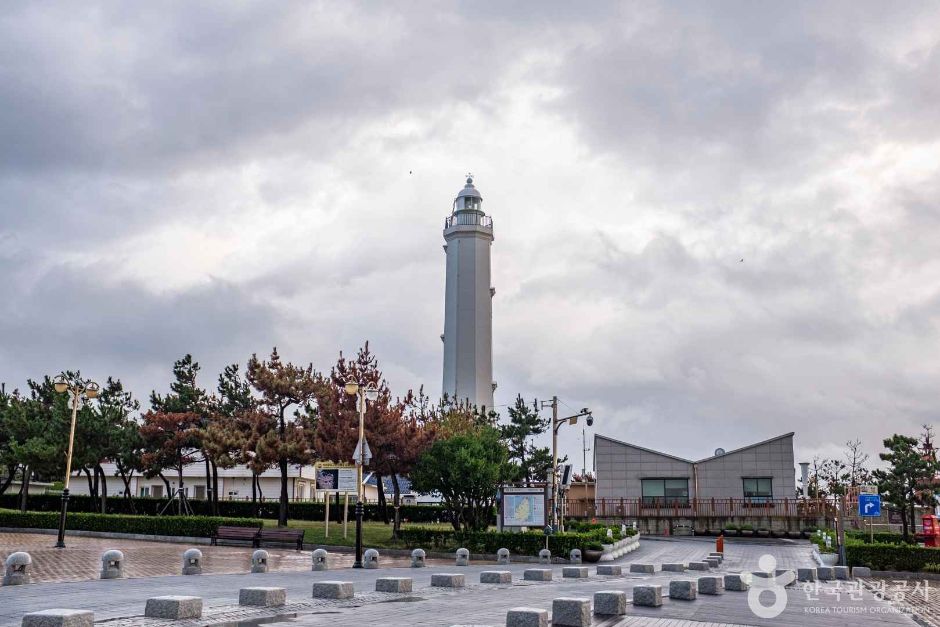

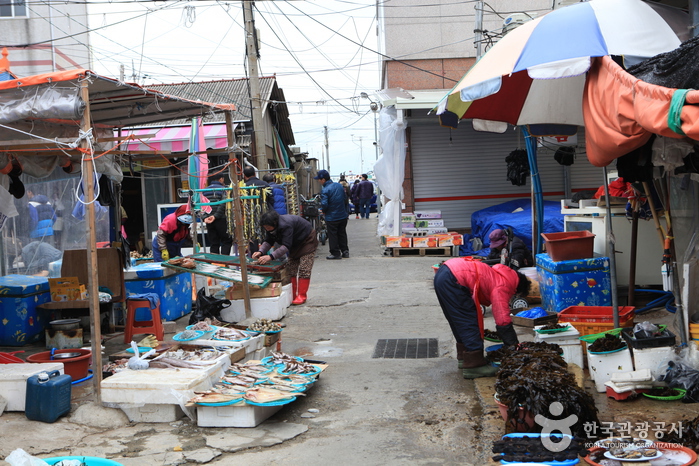
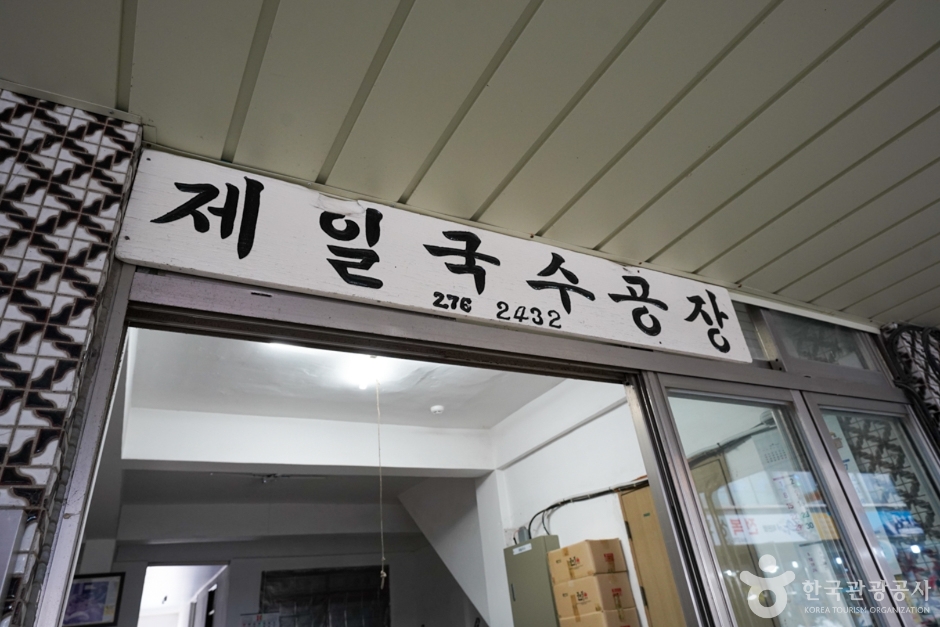
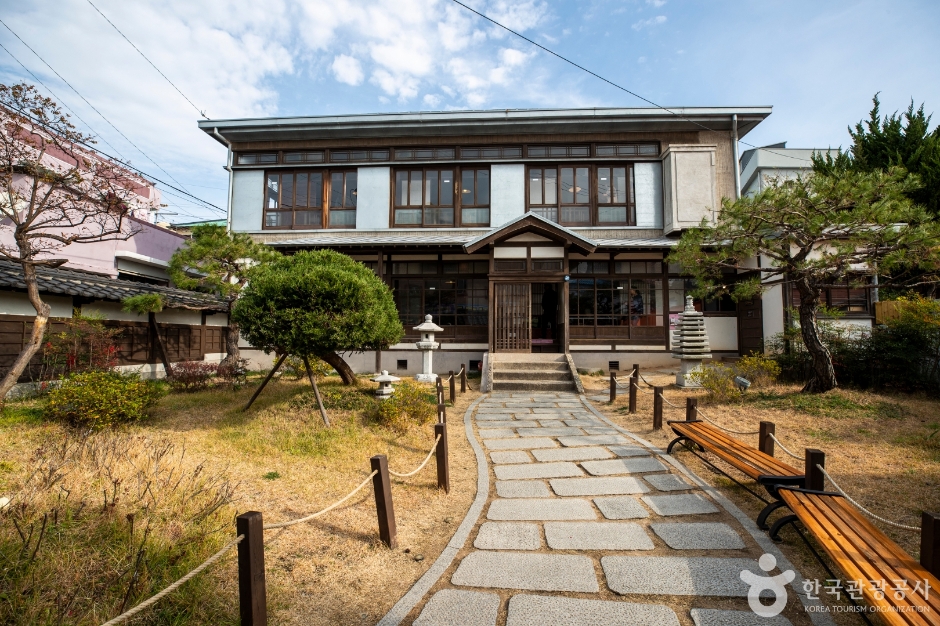
 English
English
 한국어
한국어 日本語
日本語 中文(简体)
中文(简体) Deutsch
Deutsch Français
Français Español
Español Русский
Русский